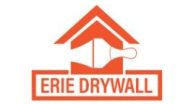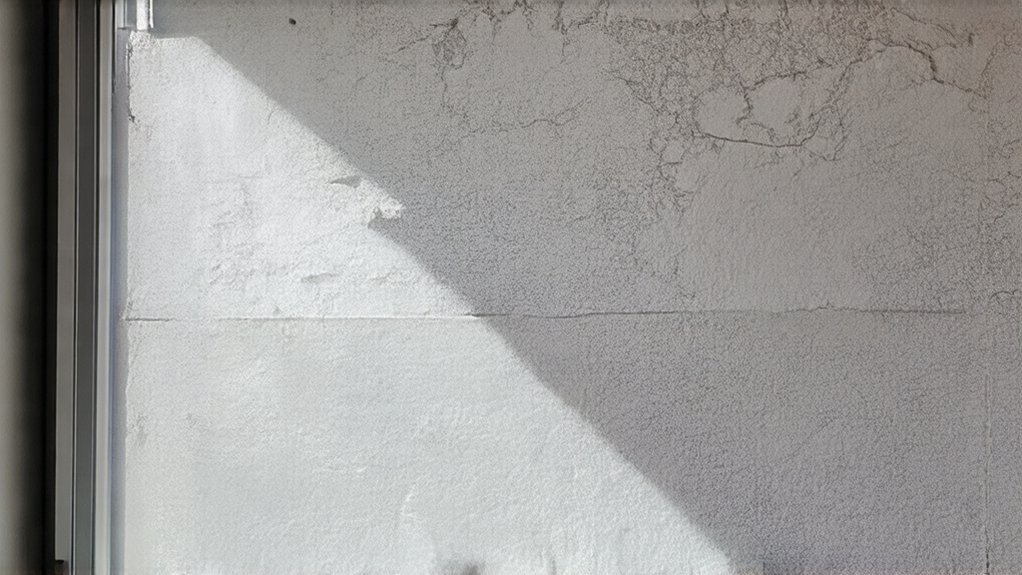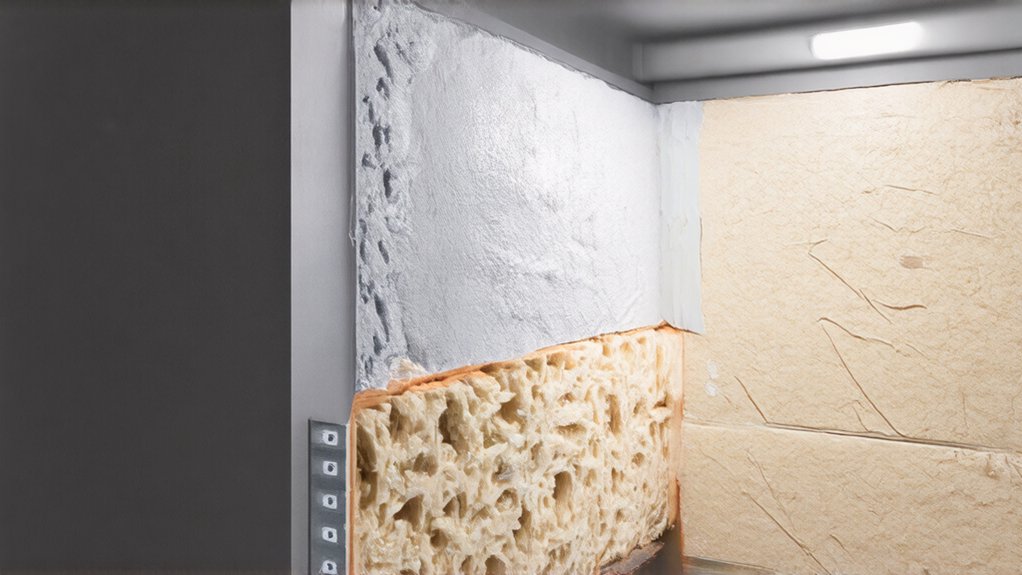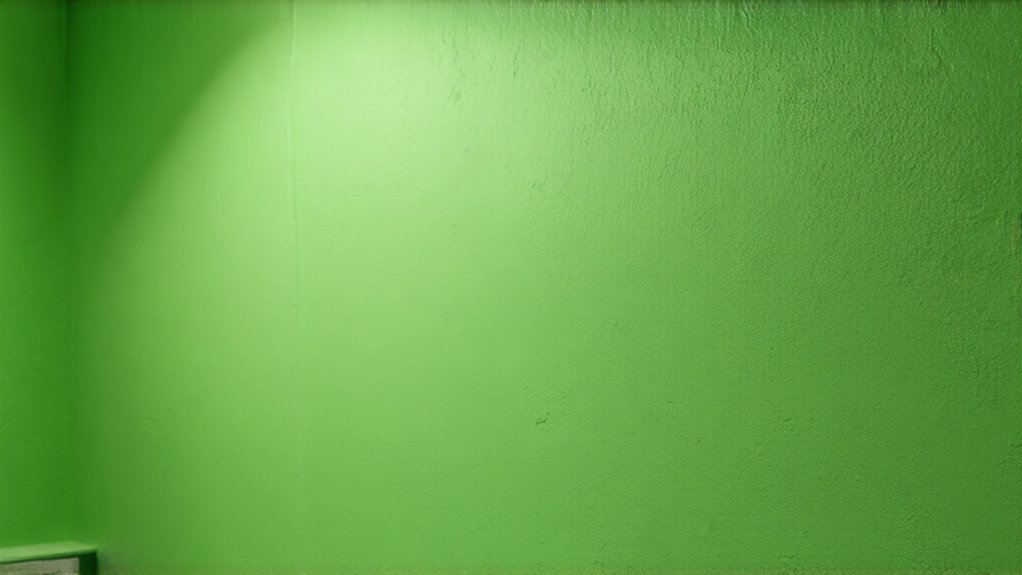Erie’s lake-effect weather can wreak havoc on your home’s walls and ceilings. Temperature swings cause drywall to expand and contract, leading to hairline cracks and nail pops. High humidity invites mold growth, while heavy snow loads threaten your roof’s structural integrity. These environmental challenges can silently damage your property, compromising its value and your family’s comfort. Stick around to reveal how you can protect your home from these hidden risks.
Temperature Fluctuations and Drywall Stress
While Erie’s dramatic temperature shifts might seem like a mere inconvenience, they can wreak significant havoc on your home’s drywall, causing subtle yet persistent structural integrity concerns. As lake-effect weather drives rapid temperature changes, your walls endure constant expansion and contraction, stressing joint compounds and creating potential weak points. Thermal expansion coefficients reveal that different building materials respond uniquely to temperature variations, amplifying the potential for structural stress in your home’s walls.
The finishing compound curing becomes compromised, leading to hairline cracks, nail pops, and seam separations. These temperature-induced challenges can gradually undermine your walls’ stability, altering what seems like minor shifts into long-term structural risks that demand proactive attention and maintenance. Experienced drywall installation professionals in Erie understand these unique environmental challenges and can provide specialized solutions to mitigate weather-related drywall damage.
Humidity’s Hidden Damage to Interior Walls
If temperature fluctuations stress your drywall’s structural integrity, humidity emerges as an equally formidable adversary for Erie homeowners. Your home’s hidden moisture challenge can silently deteriorate walls, encouraging mold growth and compromising structural materials. Drywall repair experts in Erie recognize that lake-effect weather can significantly impact residential wall conditions, necessitating professional intervention for maintaining interior wall health.
Lake-effect weather amplifies these risks, creating perfect conditions for dampness to infiltrate your living spaces. Implementing sturdy moisture control measures isn’t just about preservation—it’s about protecting your family’s long-term health impacts.
Snow Load and Structural Ceiling Risks
The silent sentinel above your living space—your ceiling—stands as the first line of defense against Erie’s notorious winter onslaught. Lake-effect snow can alter your roof into a potential hazard, with accumulations reaching 30 pounds per square foot.
Roof collapse risks escalate during wet snow and freeze-thaw cycles, threatening your home’s structural integrity concerns. Local data reveals that Erie County has experienced at least 30 complete and 90 partial roof collapses during heavy snow events.
Don’t let your ceiling become a liability—stay proactive with regular inspections, professional snow removal, and adherence to local building standards.
Travel and Infrastructure Challenges During Extreme Weather
Traversing Erie’s unpredictable weather demands resilience, particularly when extreme conditions threaten transportation and infrastructure. You’ll face challenges like road closures, power outages, and disrupted emergency services that can isolate communities and compromise safety. Effective transportation infrastructure planning becomes essential in these moments, ensuring critical bridges remain accessible and evacuation routes stay clear.
Emergency service coordination plays a fundamental role in mitigating weather-related risks. By developing robust communication systems and collaborative strategies, you can enhance community preparedness. Whether it’s maneuvering snow-covered roads or responding to flooding, your collective resilience determines how well Erie weathers these environmental challenges.
Economic Impact of Weather-Related Property Damage
Weather’s unpredictability doesn’t just challenge Erie’s transportation and infrastructure—it wreaks economic havoc on property owners and businesses, creating financial tremors that ripple through entire communities.
When disaster strikes, you’ll face significant economic challenges, with losses potentially reaching tens of thousands in property damage. Adaptation strategies become indispensable, as firms invest in fixed assets and seek diverse funding sources to recover. Your resilience matters—by understanding the economic impact and implementing strategic recovery plans, you can minimize financial strain.
Weather-related property damage isn’t just a local issue; it’s a global economic concern that demands proactive preparation and community support.
Early Detection and Prevention Strategies
How can Erie homeowners safeguard their properties against devastating drywall and ceiling damage? Regular ventilation monitoring and strategic air sealing techniques are your first line of defense. By undertaking periodic visual inspections, using moisture meters, and tracking humidity levels, you’ll catch potential issues before they escalate.
Don’t let lake-effect snow compromise your home’s integrity. Seal gaps, maintain proper attic insulation, and address minor cracks without delay. Your proactive approach can prevent costly repairs, protect your investment, and guarantee your home remains a safe, comfortable sanctuary against Erie’s challenging winter conditions.
Frequently Asked Questions
Can Drywall Cracks From Temperature Changes Be Fixed Without Full Replacement?
Yes, you can fix drywall cracks from temperature changes! Use invisible tape repairs and cosmetic spackle applications. With mesh tape and joint compound, you’ll restore your wall’s smooth surface, creating a seamless, lasting solution without full replacement.
How Quickly Can Mold Spread in Humid Erie Home Conditions?
In Erie’s humid conditions, you’ll see mold spread rapidly—within 24-48 hours—when moisture’s present. By implementing moisture control solutions and mold growth prevention techniques, you’ll protect your home and health from quick, invasive contamination.
What Insurance Coverage Typically Applies to Lake-Effect Weather Damage?
You’ll need separate homeowner’s insurance and flood insurance policies to fully protect your Erie home. Wind damage’s typically covered, but flooding requires additional coverage. Don’t wait—verify your policy details before lake-effect storms hit.
How Often Should Homeowners Inspect Walls During Erie’s Extreme Seasonal Shifts?
You’ll want to inspect your walls quarterly, with extra attention during spring and fall. Prioritize moisture control measures and check for cracks caused by seasonal temperature fluctuations to catch potential damage early.
Are Older Homes More Susceptible to Lake-Effect Weather Structural Damage?
Yes, you’re more vulnerable if your home’s older. Lake-effect weather can seriously stress aging structures, so you’ll want to prioritize home age assessment and proactive structural reinforcement to protect your beloved Erie home from potential damage.
Conclusion
Living in Erie means battling unique weather challenges that can wreak havoc on your home’s walls and ceilings. Don’t let lake-effect conditions catch you off guard. By staying proactive, understanding potential risks, and investing in regular inspections, you’ll protect your property and save thousands in potential repairs. Your home’s resilience starts with knowledge and timely maintenance – take action before the next winter storm hits.



